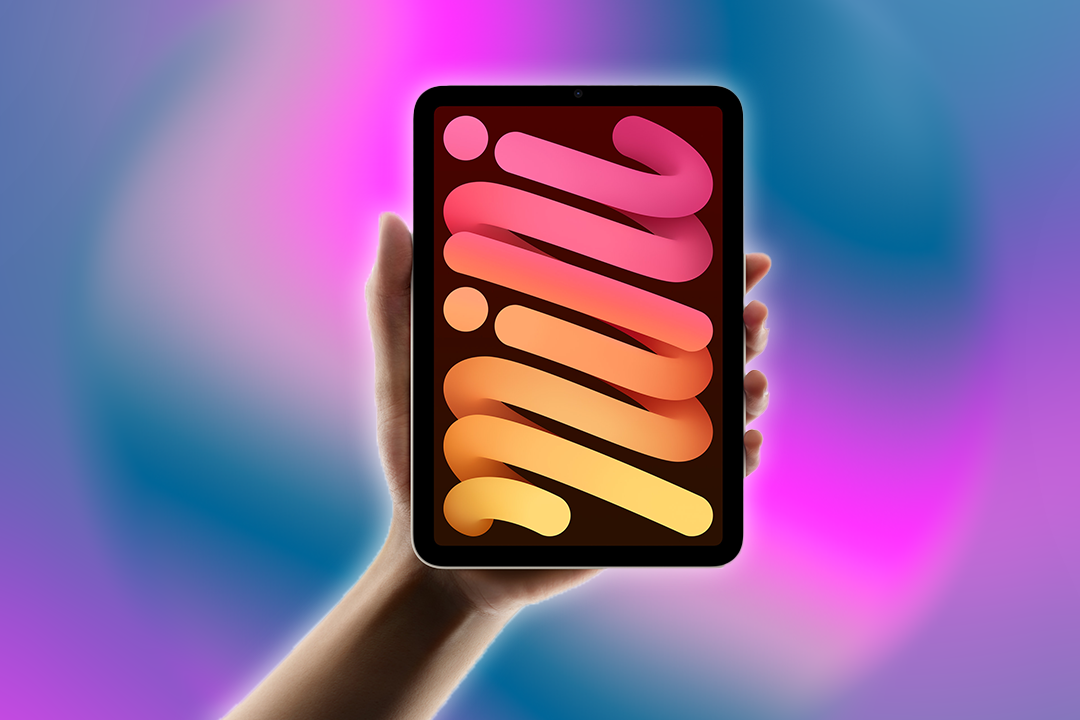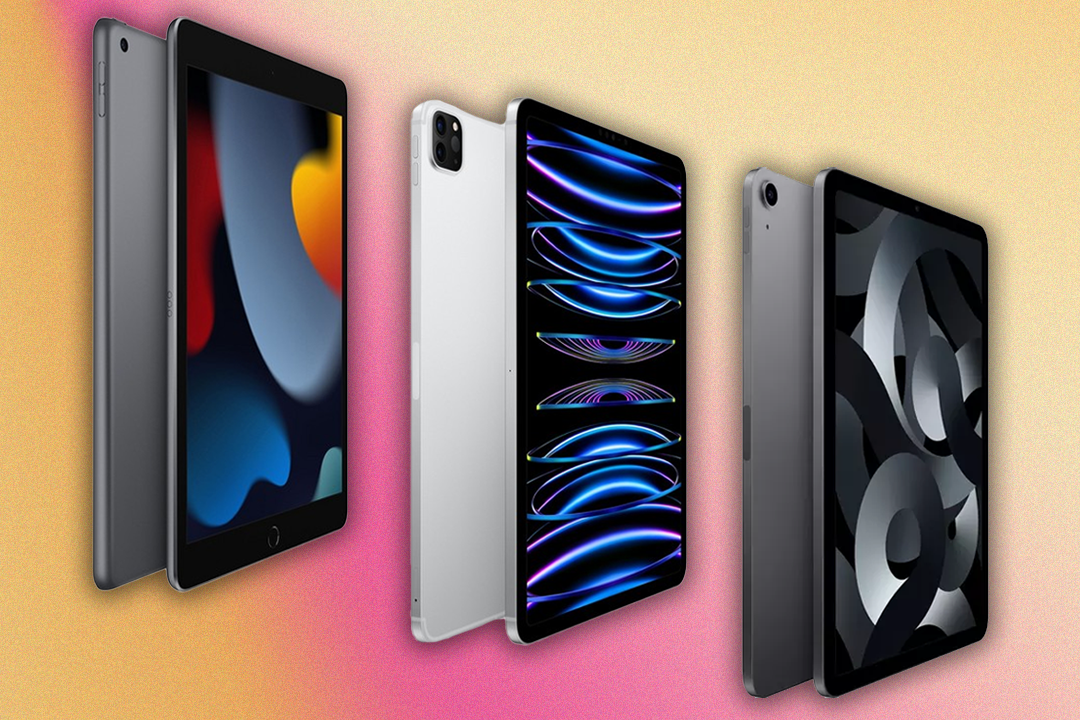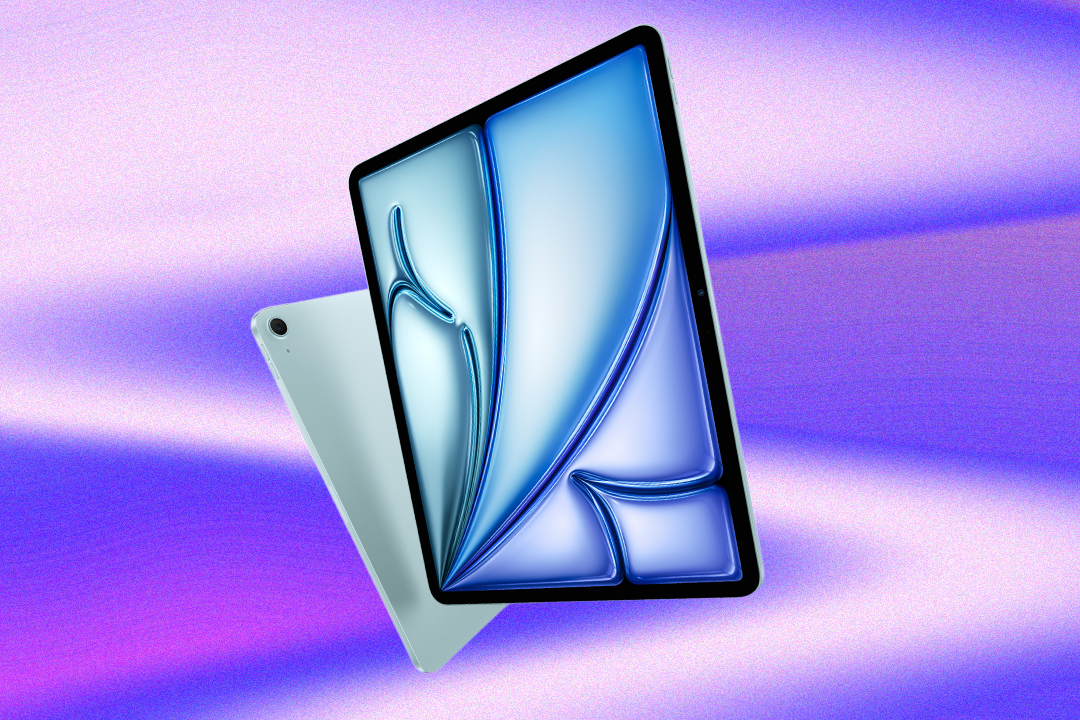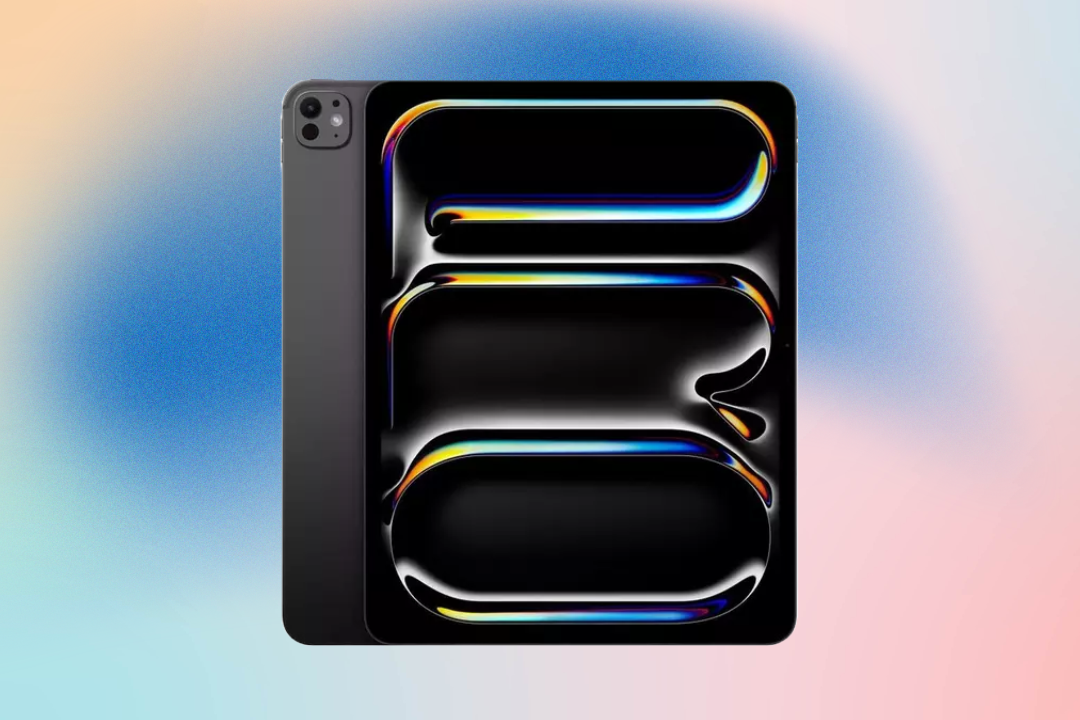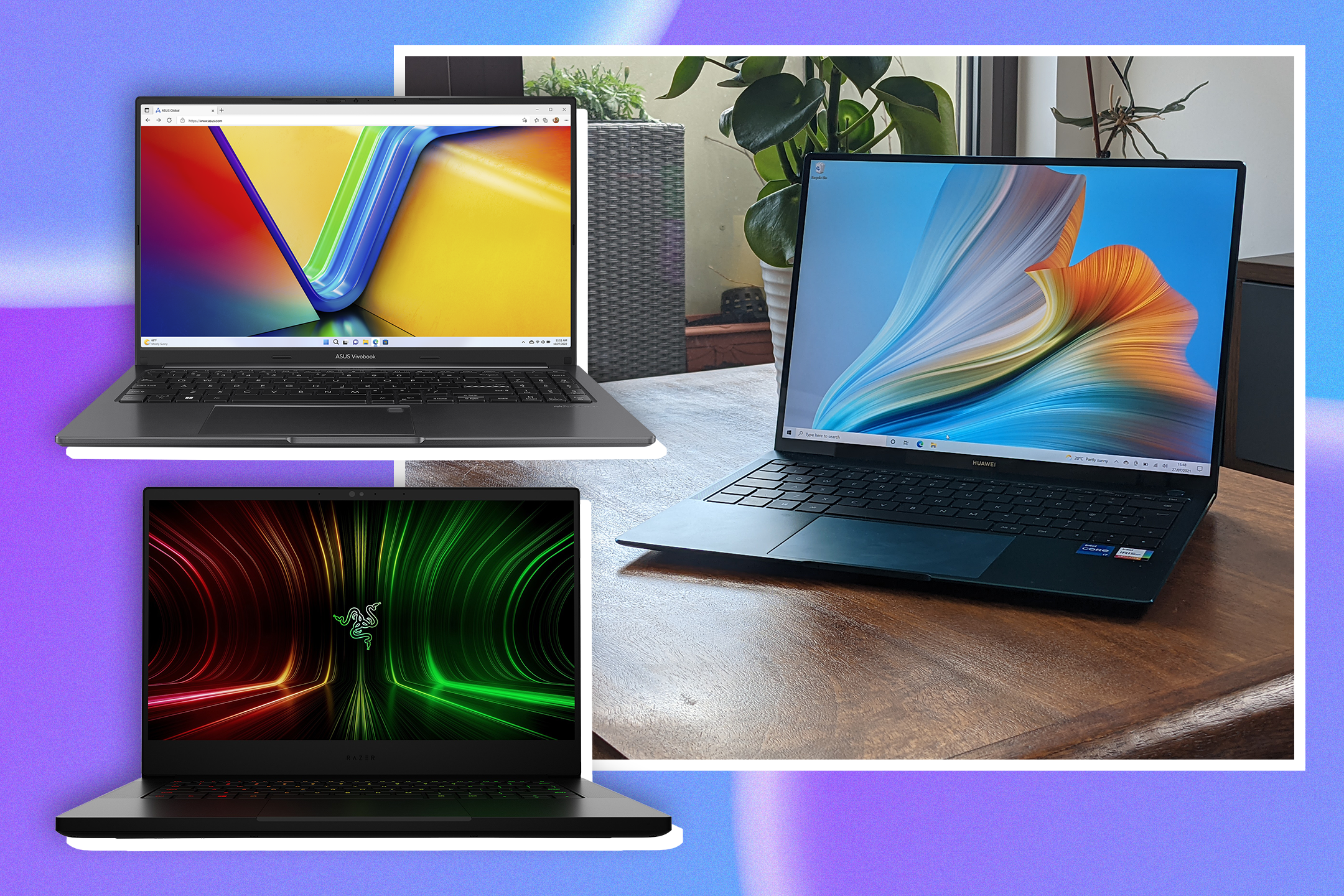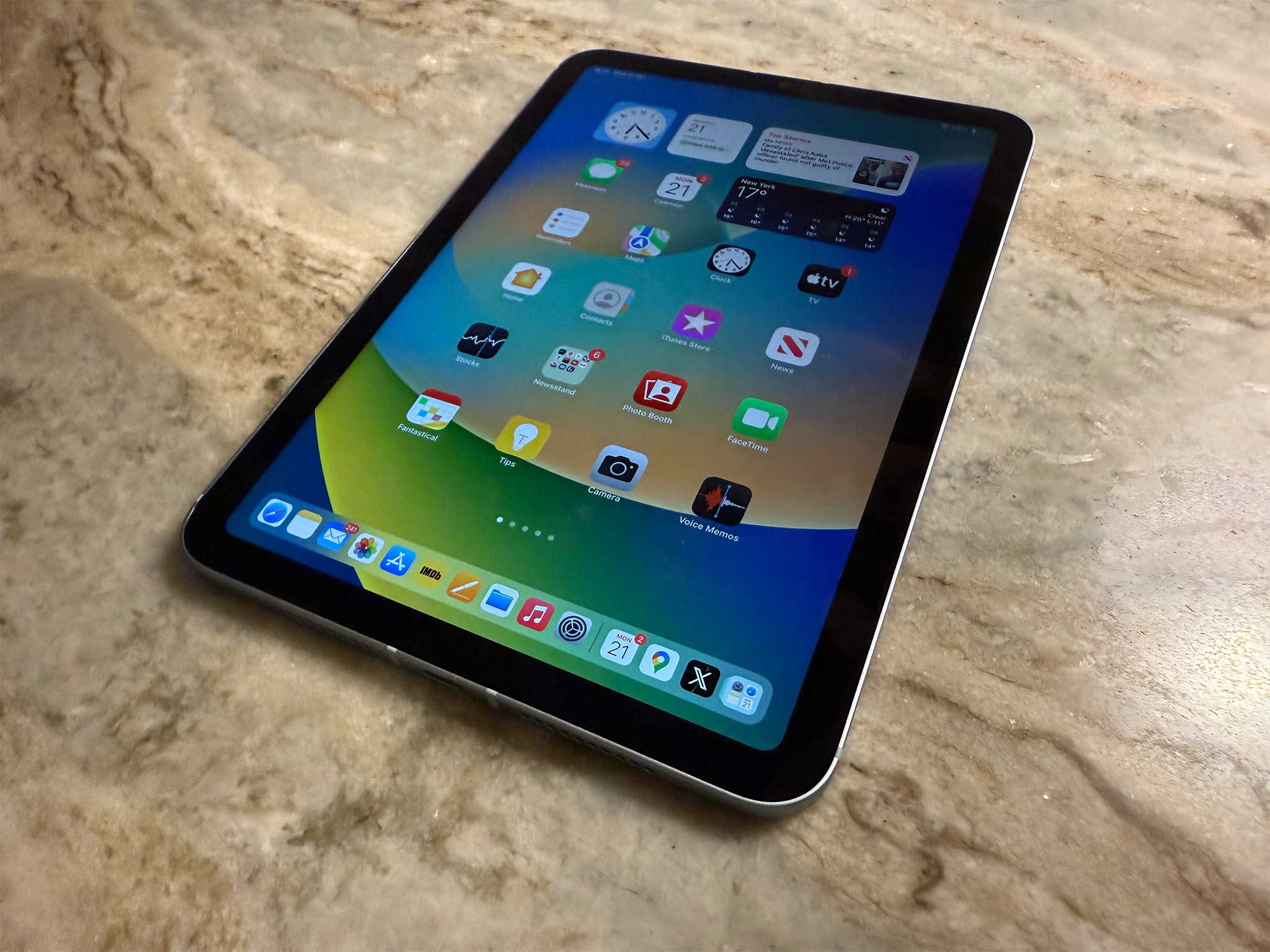Apple iPad mini 7
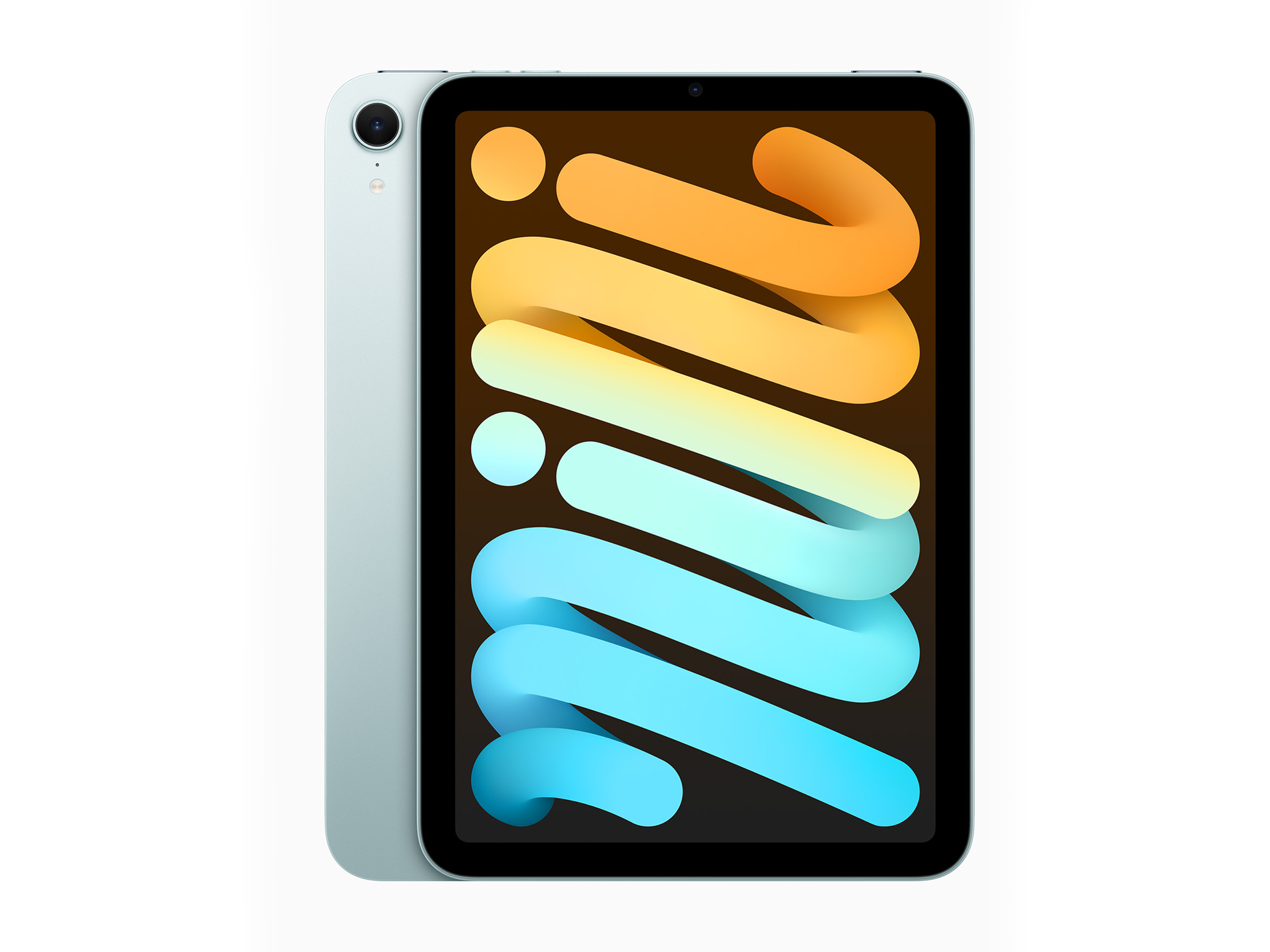
- Price : From £499 wifi only, from £649 wifi + cellular
- Display : 8.3in, LCD, 326 pixels per inch
- Processor : Apple A17 Pro
- Storage : 128GB, 256GB and 512GB
- Dimensions : 195.4 x 134.8 x 6.3mm
- Weight : Wifi only 293g, Wifi + cellular 297g
- Camera : Front 12MP ultra wide, Rear 12MP wide
- Why we love it
- Fast performance
- Improved storage options
- Take note
- No new design
Design
The new iPad mini looks identical to the last-generation model, which isn’t a bad thing as both look slim, sleek and businesslike. There’s just one external change: two of the colours are new. Two are the same as before, space grey, which is essentially close to black, and starlight which is silver in most situations but glints with a golden gleam in the right light. The new shades are variants of previous colours, purple and blue. Both are quiet shades, and the blue version (the one we tested) looks almost silver at times. As ever, the Apple logo on the back is colour-matched to the rest of the iPad, shiny and bright against the matte aluminium of the case.
One other visible change: the iPad mini 7 with cellular connectivity no longer has a SIM card tray. Like the iPad Air and iPad Pro, the new iPad mini needs an eSIM instead. This can be easily set up and works well. You can transfer an existing SIM card to eSIM quickly.
Read more: Best smart rings of 2024
And there’s a change you can’t see: as well as the increased active memory (RAM) and the new processor, the latest mini has differences in storage. The entry-level model has doubled the storage level from 64GB to 128GB. And it now comes in three storage sizes, instead of the two offered before. As well as the 256GB option, there’s also a 512GB model.
The iPad mini 7 thrives because of its size: it is slim (just 6.3mm from front to back), lightweight and compact enough to fit in a jacket pocket, without sacrificing usability. That’s down to the display.
Display
The display on the iPad mini 7 is beautiful. It has a much higher pixel density than other, larger iPads which have 264 pixels-per-inch resolution. Here, the resolution is 326 ppi, which makes for a detailed screen with great brightness and faithful colours.
Some users found an issue with the display on the last-generation model. This was something called jelly scrolling, where parts of the display update more quickly than others, giving an uneven effect. The new screen uses the same hardware as the old but has been optimised to ensure this problem doesn’t happen any more – I haven’t seen any problems like this on the new display.
The iPad mini 7 offers you choices for how it looks when you set it up. The default view has small app icons and text, which given the size of the screen works well but may be too fiddly for some eyes. In which case, the larger magnifications available will appeal.
Read more: 12 best tablets for 2024
Other aspects of the screen, such as the 500 nits brightness, the wide colour range, the subtle True Tone feature which ensures colours are true, whatever the colour temperature of your environment, are all present as they were last time around. Note that while the iPad Pro has a display with a dynamic refresh rate up to 120Hz, this has a fixed 60Hz refresh rate. This tablet is noticeably more expensive than the regular iPad, so a faster display would have been great.
Overall, though, this is an accomplished and inviting screen, fully immersive despite being smaller than other iPads.
Apple Intelligence
This part of the jigsaw can’t be reviewed here. It is Apple’s take on artificial intelligence, and aims to make everyday tasks much simpler, offer help with writing, provide useful summaries of email chains and more.
But it’s not out yet. The first version with initial features, is coming before the end of October, but it’s for users with devices that have the language setting and Siri setting selected as US English. Other versions of English, specifically including UK English, will follow before the end of 2024 and further capabilities and more languages will come in 2025. Anyone can set their iPhone or iPad to US English, but it will work better when the localised language settings arrive.
As such, useful though Apple Intelligence is likely to be, it’s something for which British customers will have to practise patience.
Read more: Best laptop stands and risers 2024
That’s not to say there aren’t other upgrades to iPadOS 18.1, the upcoming release of the software that runs on the new iPad mini. These include a new Calculator app, voice notes which transcribe in real time, changes to the Control Centre and more.
Performance and battery life
The reason that this iPad can run Apple Intelligence is it has enough RAM and a fast enough processor. The chip in this version is a big step up from the A15 processor last time round. Here, it’s the A17 Pro, first seen in the iPhone 15 Pro and iPhone 15 Pro Max. It’s a blazing-fast chip that handles everything effortlessly. Apple makes faster processors, such as the one in the top-of-the-range iPad Pro, but that’s for the most demanding users. This is enough to run multiple apps at the same time, with no hint of hesitation or slowdown.
Which leads us to battery life. Every iPad has always been billed as having 10 hours’ life between charges and it’s no different here. Apple sees that as the right amount and has maintained it in successive models, however much extra power new features have required.
It’s enough – iPad usage differs from phone usage. Recharging is reasonably fast and it drains the battery slowly when it’s in standby. Unlike a phone, a tablet is something you pick up and put down, rather than use all the time.
